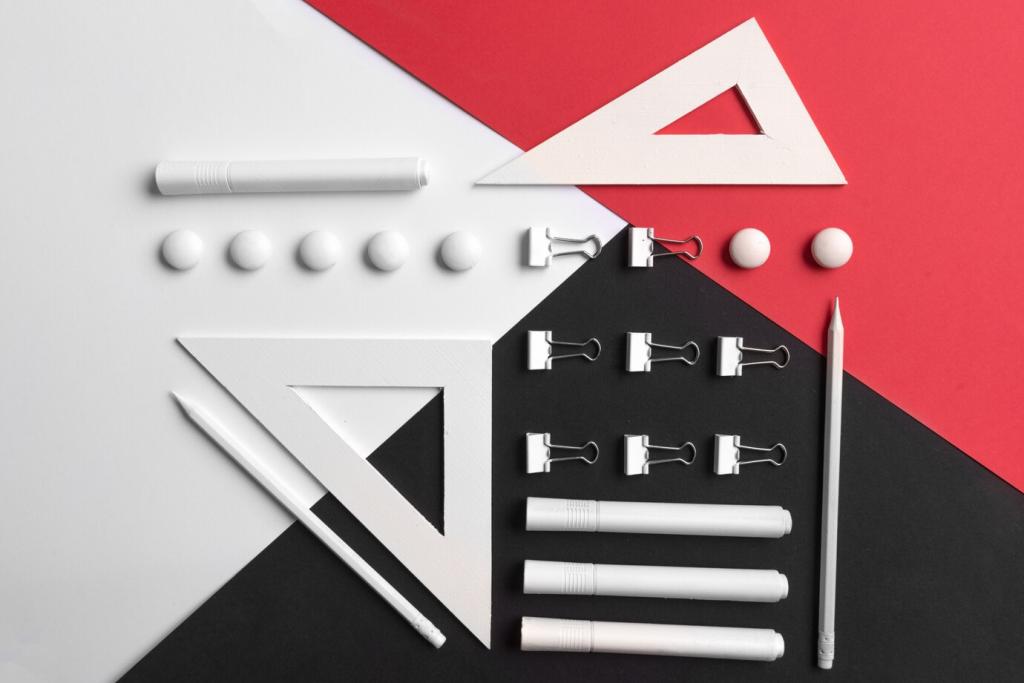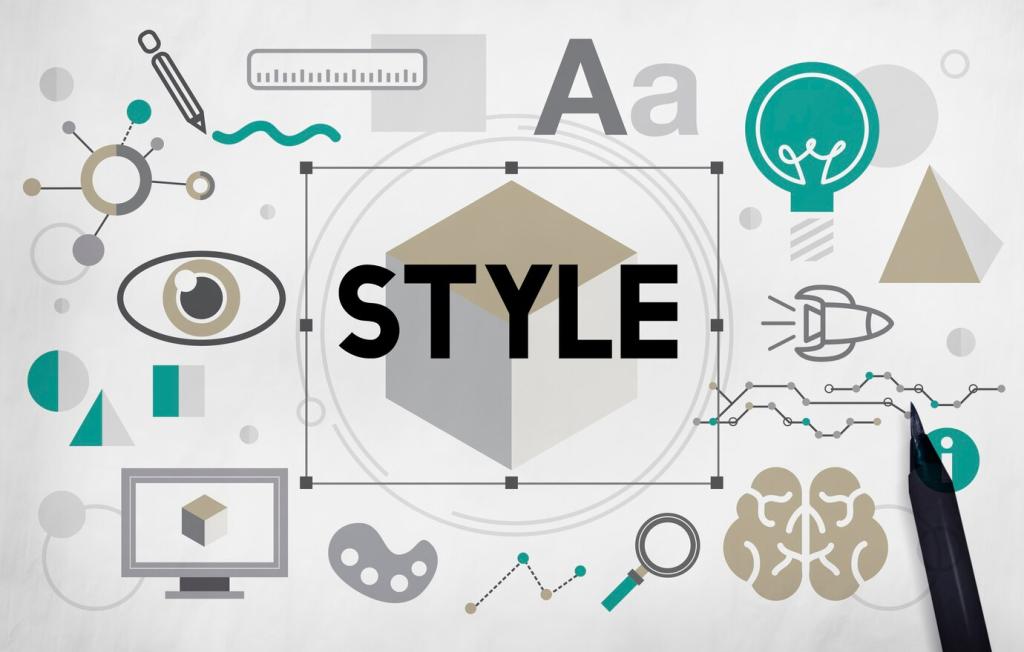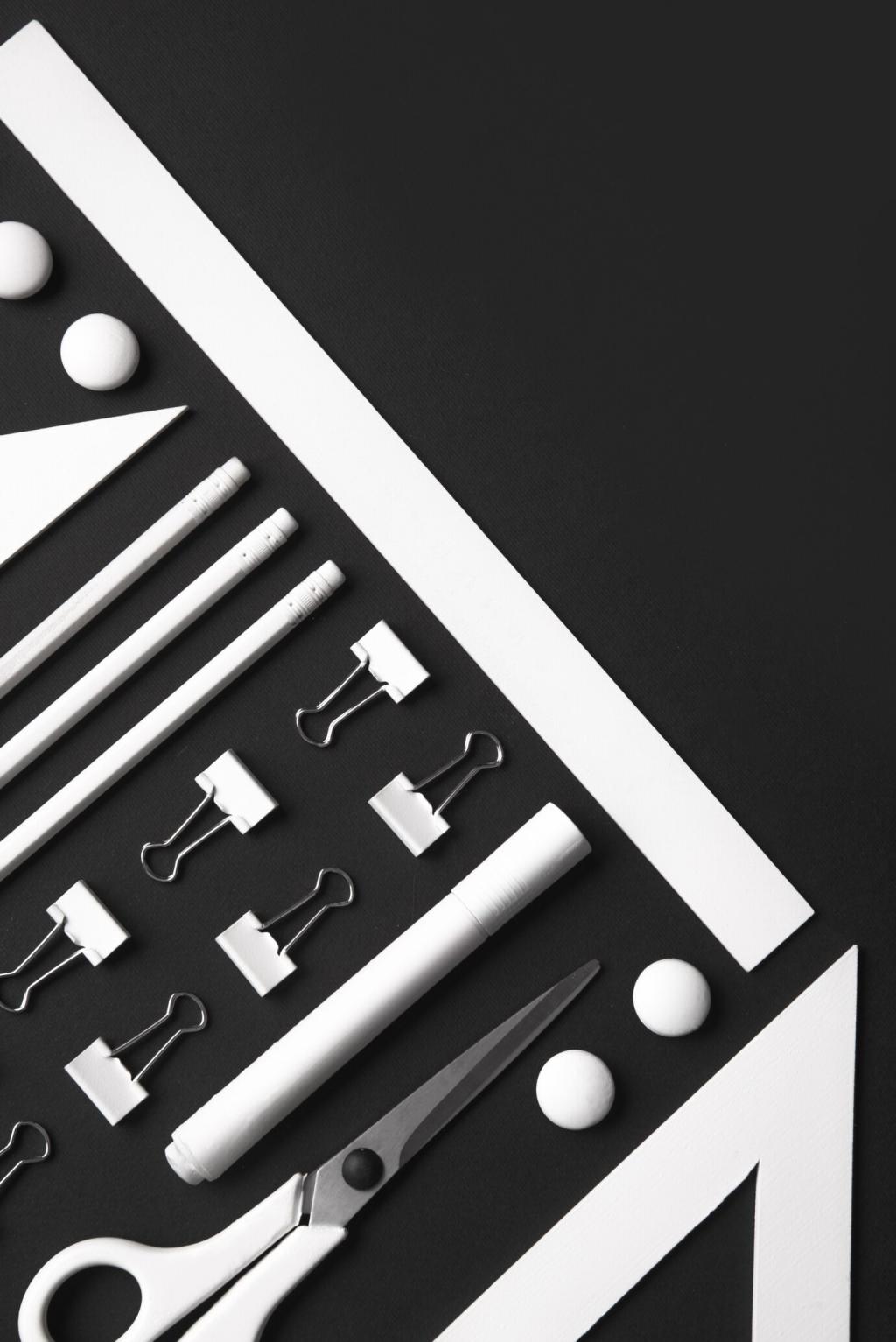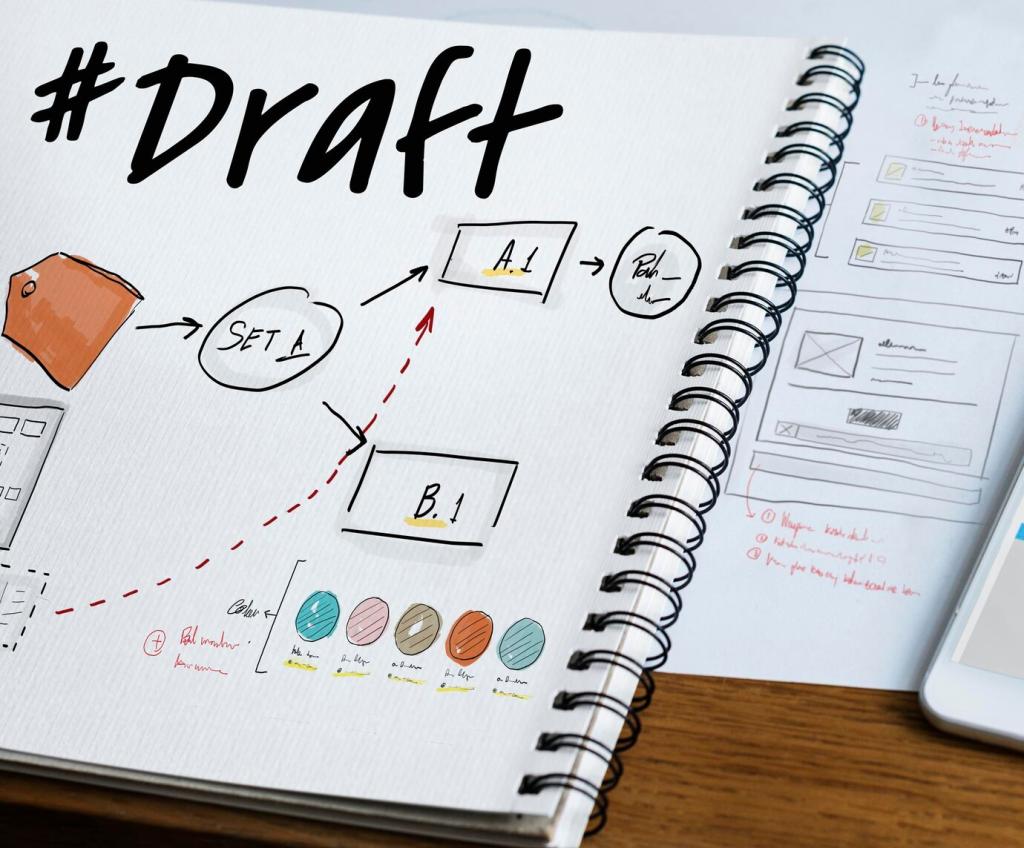Designing for Different Screen Sizes: From Tiny Watches to Wall-Sized Displays
Chosen theme: Designing for Different Screen Sizes. Welcome to a practical, story-rich guide that helps you craft interfaces that feel natural everywhere. Explore principles, patterns, and real-world lessons—then join the conversation and share your toughest responsive challenges.

The Multi-Device Mindset
Rather than designing to a device frame, start with the message, core tasks, and priority actions. Content-first thinking keeps layouts honest, encourages clarity, and helps every screen size feel purposeful. What’s your app’s most important sentence?
Commuters on phones tap with one hand and rush through flows. Desktop users compare multiple tabs and scan dense tables. Tablets often invite calm reading. Map these realities to screen sizes, and your design decisions immediately grow wiser.
A friend once demoed a gorgeous desktop dashboard to a client who only used a small, older phone. The navigation overflowed, trust evaporated, and urgency spiked. Since then, we always test small first. Share your hard-earned lesson.

Viewports, Density, and Pixels Demystified
On mobile, the meta viewport tag declares how your page scales and displays. Without it, layouts often shrink awkwardly. With it, your CSS intentions align with reality across sizes. Always confirm behavior using multiple device simulators.

Layout Techniques That Scale Gracefully
Fluid Thinking With Percentages and View Units
Replace fixed widths with percentages, flexible gaps, and safe min and max bounds. View units can be powerful, but balance them with content needs. Fluidity reduces breakpoint thrash and feels natural when users resize their windows.

Mobile-First, Min-Width Simplicity
Design the smallest, clearest version first. Then progressively enhance with min-width queries as space appears. This approach controls cascade complexity, improves performance, and encourages focus on essentials that matter most to people on the move.
Name Breakpoints by Intent
Instead of device labels, name breakpoints by experience: compact, cozy, comfortable. The words nudge designers to think about density, spacing, and flow rather than gadgets. Intentional language reduces arguments and guides consistent decisions.
Avoid Abrupt Content Swaps
Swapping entire components at breakpoints can confuse users who resize or switch devices. Prefer continuous adaptation—stack to side-by-side, condensed to expanded—so mental models remain intact. Smooth transitions keep trust high across changing screens.

Typography, Images, and Media That Adapt
Use fluid type scales bounded by sensible minimums and maximums to protect legibility. Adjust line height and measure for each range. Headlines can stretch, but body copy must stay humane. Your readers’ eyes will thank you.
Provide multiple source sizes and thoughtfully crop for different aspect ratios. A dramatic desktop hero may need a tighter mobile focus. Deliver the right pixels, not just fewer pixels. Performance improves, and storytelling remains strong.
Maintain aspect ratios to prevent layout jumps. Choose poster frames carefully, offer captions, and consider muted autoplay only when respectful. Short videos deserve just as much responsive care as long-form features to feel polished everywhere.
Interaction and Accessibility Across Sizes
Thumb-Friendly Targets and Reach Zones
Keep tappable controls comfortably sized with generous spacing. Place frequent actions within easy reach, especially on large phones. Avoid edge-only gestures that conflict with system swipes. Your interface should feel effortless, never precarious or fussy.
Hover, Focus, and Motion Considerations
Not every screen supports hover, but every user deserves clear focus states. Provide visible outlines, sensible defaults, and reduced-motion alternatives. Inputs should feel consistent across pointer types so interactions remain understandable and safe.
Color, Contrast, and Scaling States
As components resize, ensure contrast and spacing persist. Labels shouldn’t disappear at compact widths. Test with screen readers, high zoom, and color filters. Accessibility isn’t a layer; it’s the foundation that keeps experiences humane.



